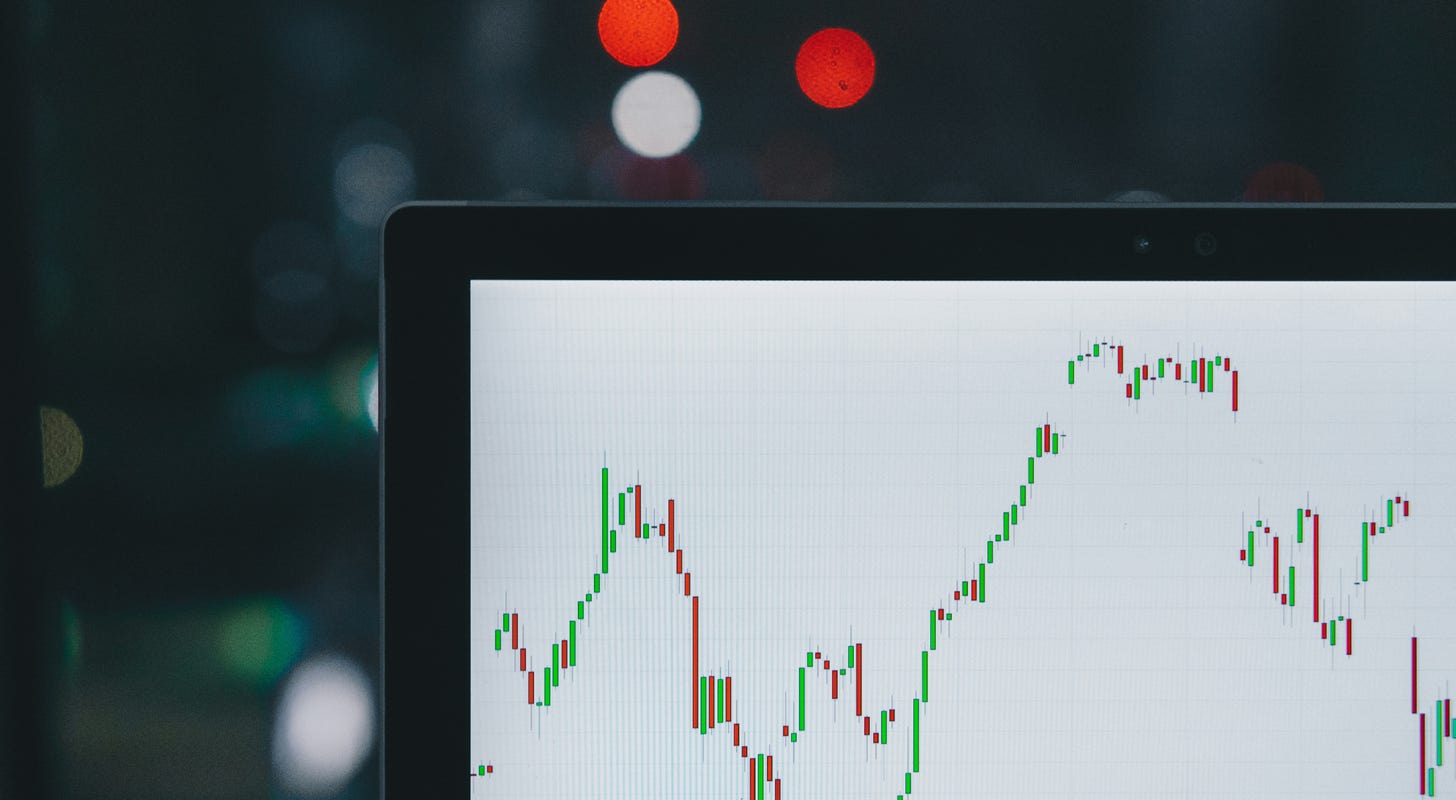Aggressive Buying In Silver As Fed Chair Jerome Powell Itching To Cut Rates Apple Inc, Momo Crowd, Smart Money, SPDR Gold Trust, SLV (Silver ETF), Fed Chair Powell, SPDR S&P 500 ETF Trust, Gold and Silver Ratings, ISM Non-Manufacturing PMI, Invesco QQQ Trust Series 1, Alphabet Inc Class C (Google) by https://www.benzinga.com/

AI Insights:
Simple Explanation:
So, there's this guy named Jerome Powell who helps decide how much it costs to borrow money. He wants to make it cheaper for people to borrow money soon. Some people think this is because he thinks the economy isn't doing great and needs a boost. Other people think it's because prices of things are going up too fast and he wants to slow that down. Either way, when he said this, some people got really excited about buying stocks and making money. They also started selling gold and other things that they think won't do as well if it's cheaper to borrow money. Read from source...
Critical Perspective:
1. The title of the article implies that Fed Chair Jerome Powell is eager to cut interest rates because he wants to aggressively buy silver, which is not true or supported by any evidence in the text. This is a misleading and sensationalized headline that does not reflect the content of the article.
2. The article states that Powell said the recent inflation data does not "materially change" the outlook and he anticipates cutting interest rates later in the year, which implies that he is dovish or accommodative, rather than ultra dovish as the title suggests. This is an exaggeration that misrepresents Powell's stance on monetary policy.
3. The article claims that the weaker than expected ISM Services data caused the stock market to go up, which contradicts basic economic logic and empirical evidence. Usually, a lower services sector index indicates slower growth and lower demand, which would negatively affect the stock market sentiment and performance. However, the article argues that this weak data lifted the market because it reduced expectations of rate hikes, which is an arbitrary and implausible explanation that ignores other possible factors influencing the market, such as earnings, valuation, sentiment, etc.
4. The article reports two pieces of news from Apple Inc and Alphabet Inc Class C that are unrelated to silver or interest rates, but are supposedly adding to the positive sentiment in the market. This is an irrelevant and tangential argument that does not support the main thesis of the article, which is about aggressive buying in silver as a result of Powell's dovishness.
5. The article mentions the upcoming jobs report, which will be released tomorrow at 8:30am ET, and implies that it will be market moving, which is an obvious and redundant statement that does not add any value or insight to the reader. It also creates unnecessary suspense and anticipation for a piece of data that is widely followed and already priced in by the market.
6. The article presents the protection band, which strikes the optimum balance between various crosscurrents, without explaining what it is, how it is calculated, or why it matters to the reader. This is an obscure and vague term that does not clarify the risks or opportunities in the market, but rather confuses and alienates the reader with jargon and acronyms.
7. The article reports money flows for various stocks and ETFs, without providing any context, analysis, or interpretation of what they mean for the market or the investors. This is a meaningless and repetitive list that does not offer any actionable information or advice to the reader. It also contradicts itself by saying that smart money is inactive, while reporting positive or negative money flows for different
Investment Analysis:
We are not financial advisors. It's always essential for you to consult with a financial advisor and do your research before making any decisions about investments.
Do you want me to summarize the article for you or provide my own opinion on the investment opportunities and risks?